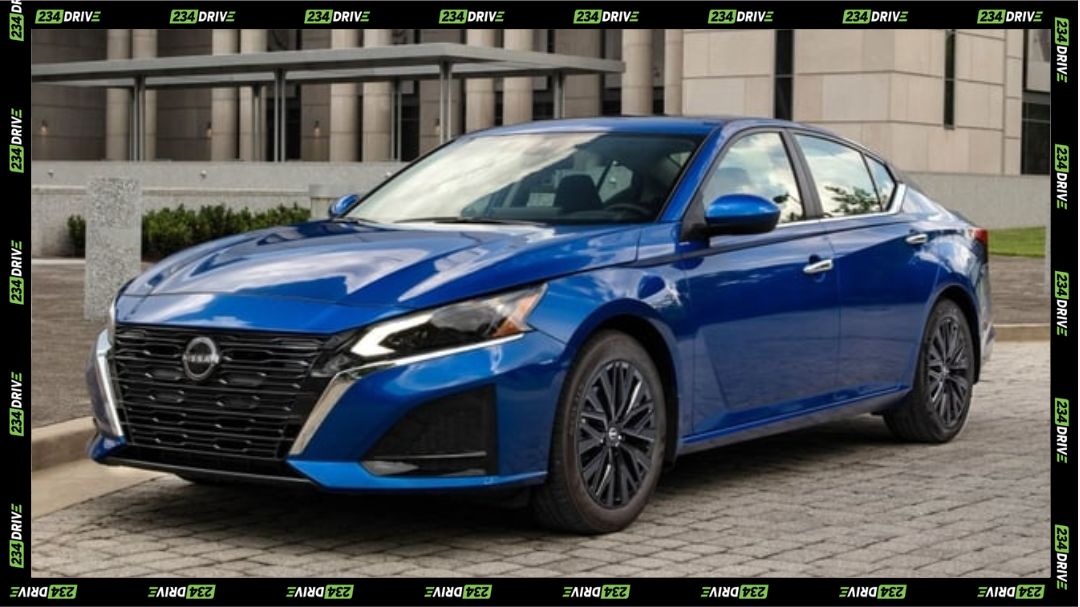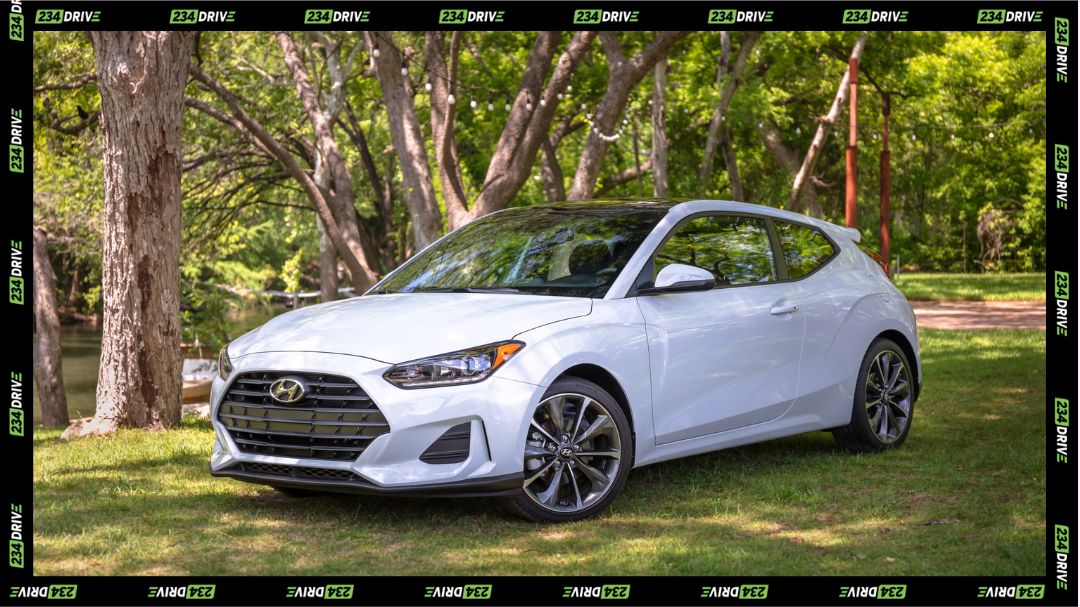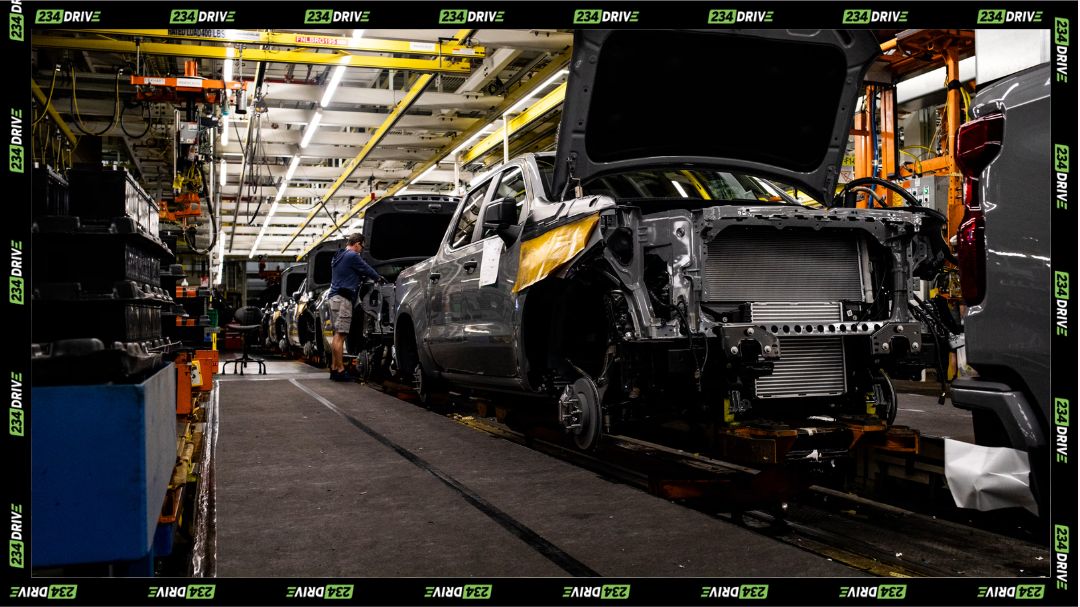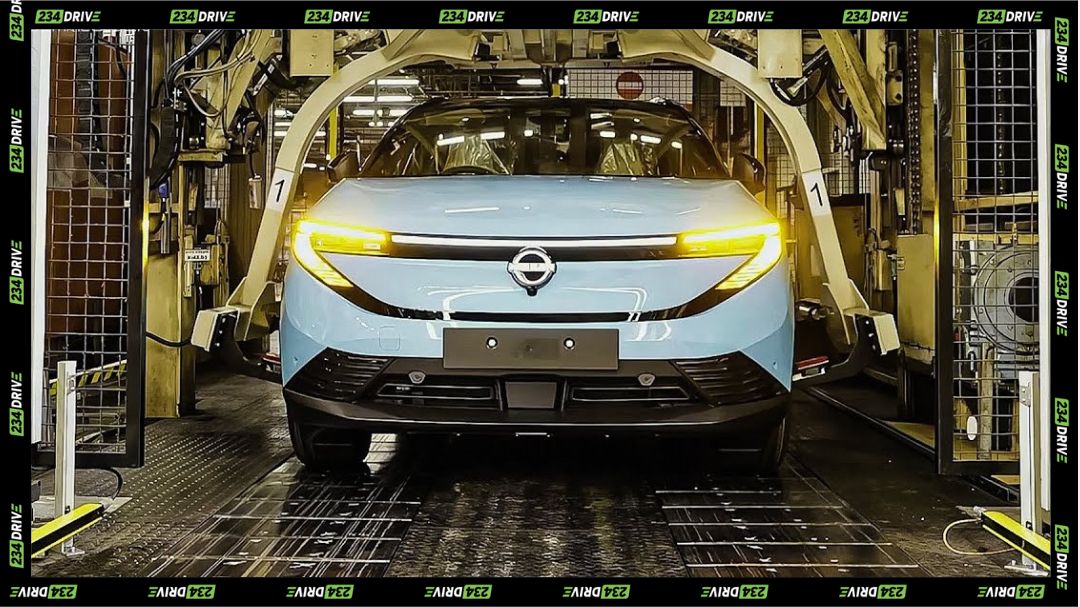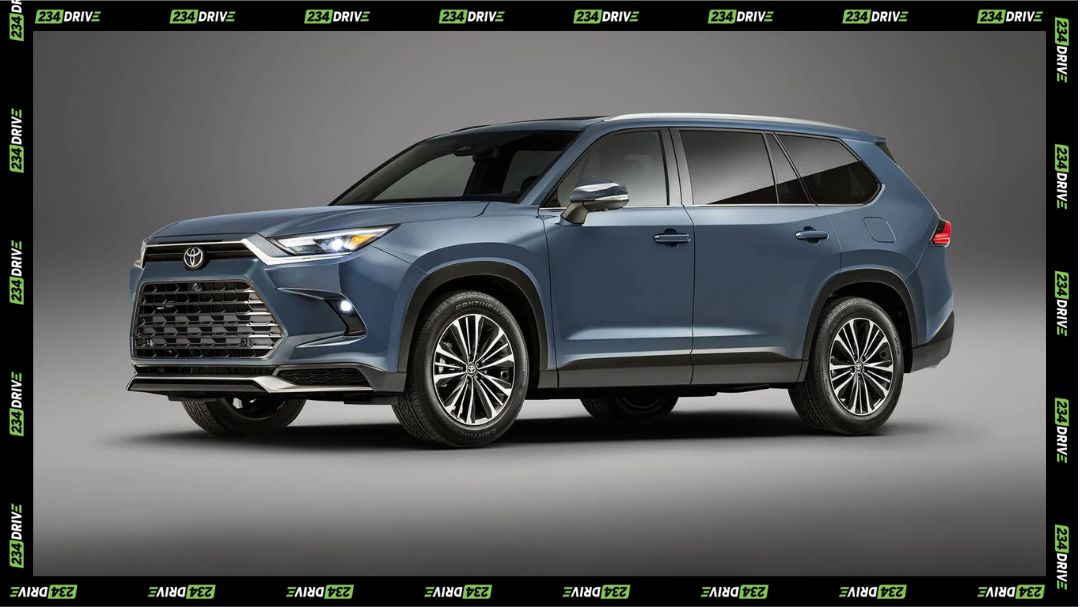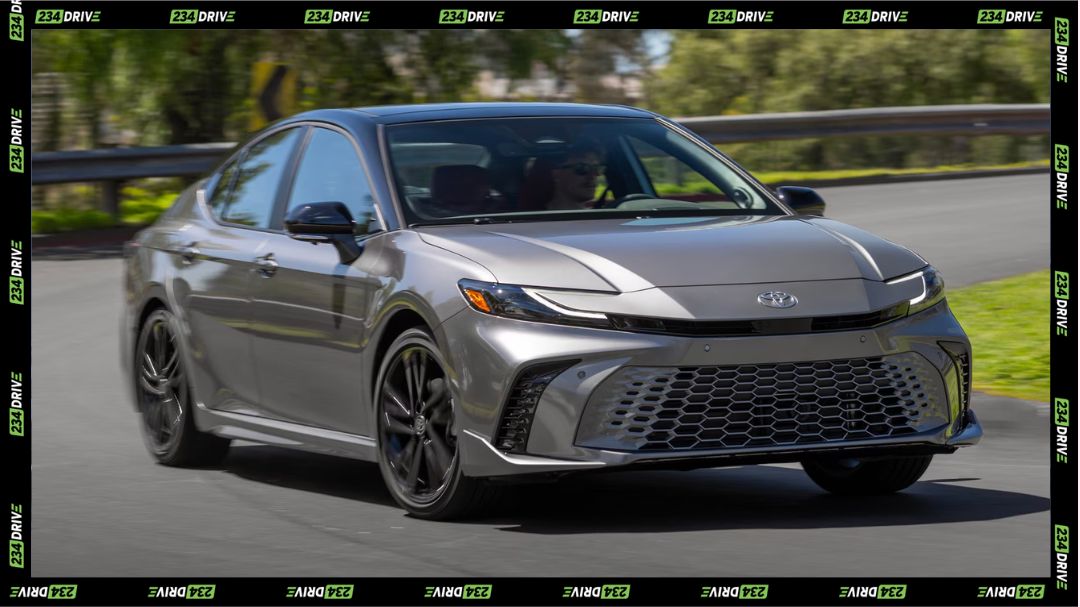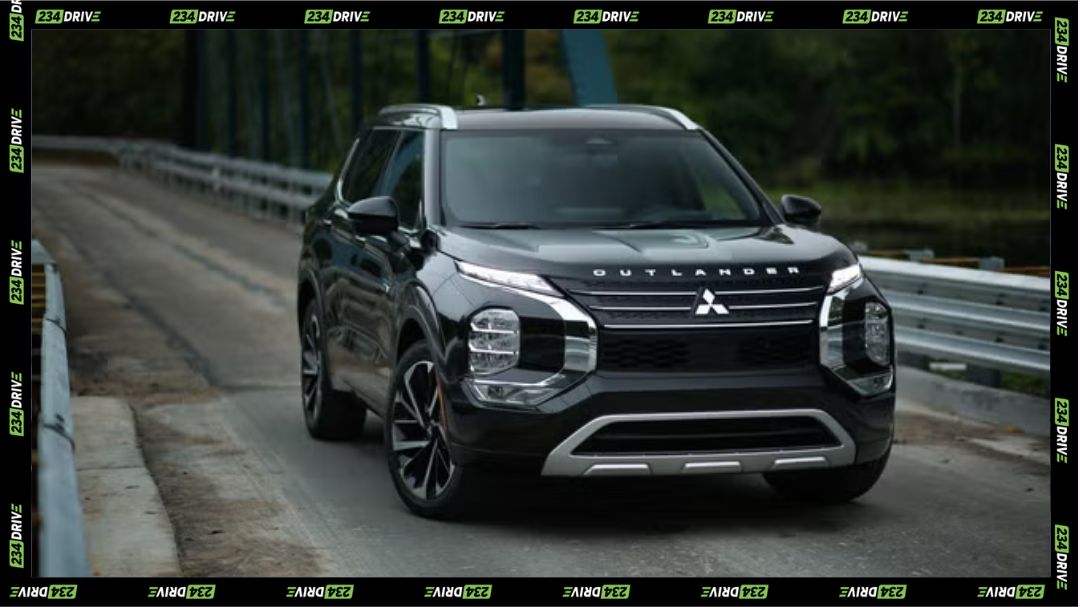On 22nd October, 2025, Stallion Group made a decisive move in Nigeria’s automotive landscape by unveiling four new MG models — the RX9 and RX5 SUVs, the MG5 CNG bi-fuel sedan, and the MG T60 pickup. The launch, themed “Four Models, One Vision: Innovation for Every Driver,” took place at the Stallion MG Showroom in Victoria Island, Lagos. It signals the company’s intent to dominate the mid-range auto market with affordable, energy-efficient vehicles assembled locally to counter the impact of rising fuel costs and economic pressure.
The event brought together industry insiders, journalists, and prospective buyers, marking a pivotal moment for Stallion Group’s automotive division. The new lineup — featuring a mix of hybrid, bi-fuel, and turbocharged engines — highlights the brand’s renewed focus on sustainability, performance, and affordability. Each model is designed to meet Nigeria’s evolving transportation demands, from family mobility to small-business logistics.
At the launch, Josephine Nwosu, General Sales Manager at Stallion MG Nigeria, said the rollout deepens MG’s presence across key market segments by combining British engineering roots with SAIC Motor’s global production standards. Some of the models, such as the RX5 and RX9, will be assembled in Nigeria under Stallion’s ongoing localisation strategy, supporting the government’s automotive development plan and creating skilled jobs across its dealer network.
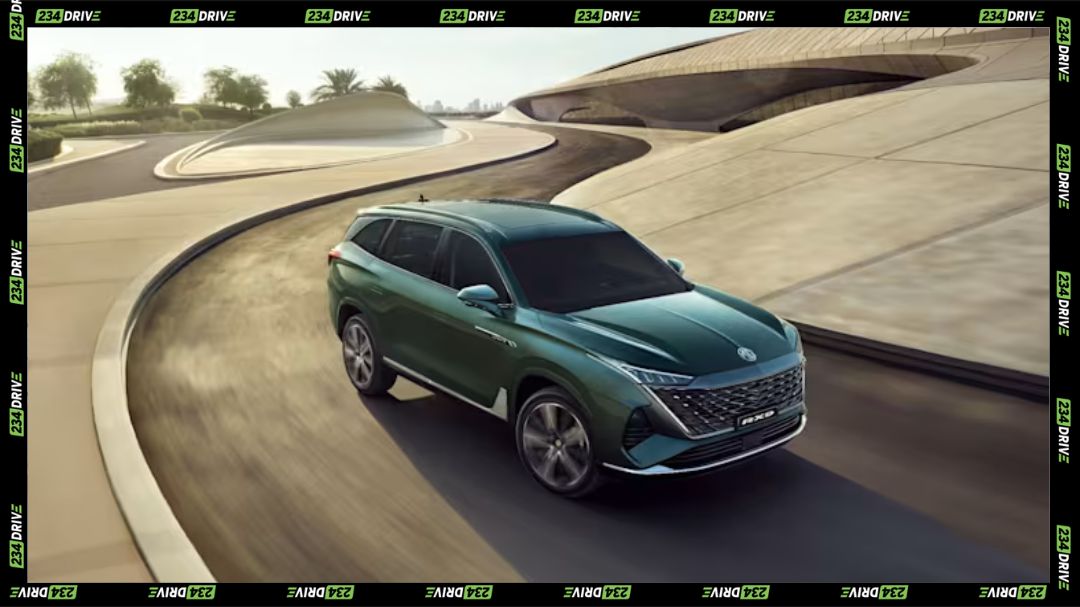
The MG RX9, a seven-seater luxury SUV, headlines the lineup with a 2.0L turbocharged “Net Blue” engine producing about 235 horsepower. It offers advanced driver aids, BOSE audio, five driving modes, and premium interiors aimed at families and executives seeking both style and strength. The MG RX5 complements it as a compact, city-ready SUV with 1.5L and 2.0L turbo options, panoramic sunroof, adaptive cruise control, and up to 1,639 litres of cargo space.
On the greener end, the MG5 CNG bi-fuel sedan caters to eco-conscious buyers. It runs on both petrol and compressed natural gas, reducing emissions and running costs — a major plus given Nigeria’s current fuel price volatility. Equipped with a 1.5L engine delivering 120 HP and modern safety features like stability control and multiple airbags, it represents Stallion’s first real push into alternative fuel technology. Completing the lineup, the MG T60 pickup arrives as a workhorse for the Nigerian terrain, featuring petrol and diesel variants, 4×4 capability, and multiple drive modes — perfect for business owners and adventure seekers alike.
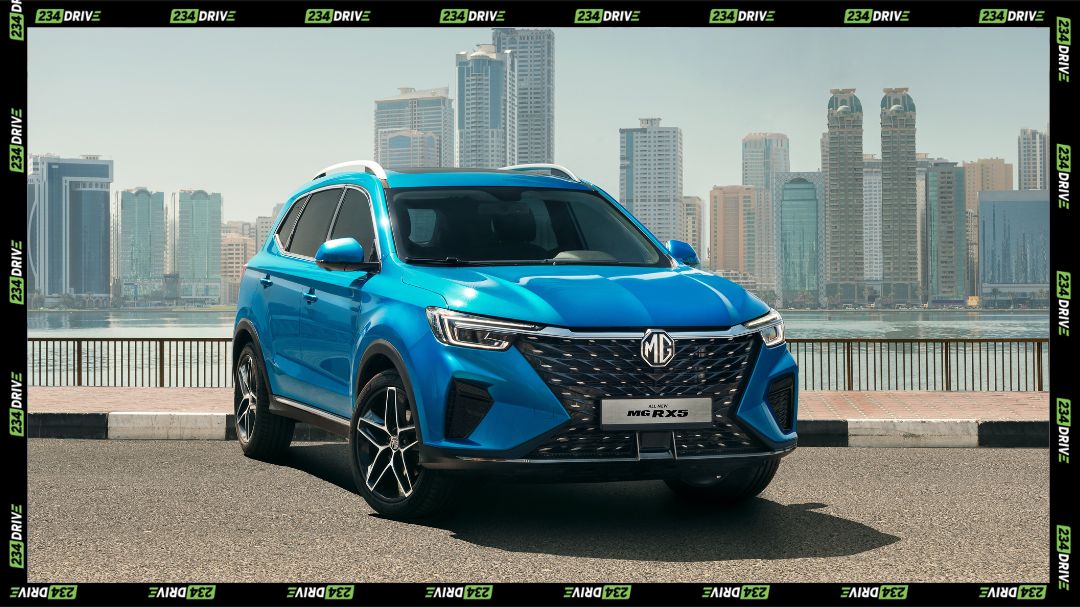
Stallion Group’s latest rollout also signals a broader strategy shift: positioning MG as a sustainable, mass-market brand for the post-subsidy era. The company’s investment in local assembly not only helps lower costs but also aligns with national goals to reduce import dependency. In comparison, global rivals like Toyota, Hyundai, and Ford have yet to push bi-fuel sedans or affordable hybrids at this scale in Nigeria — giving Stallion an early-mover advantage in the cleaner mobility space.
Technologically, MG’s partnership with SAIC Motor ensures that advanced systems like adaptive cruise control, electronic stability programs, and infotainment suites with Apple CarPlay reach Nigerian buyers without premium pricing. Similar rollouts in markets such as Egypt and South Africa have seen MG’s share rise sharply due to this balance of price and performance, and Stallion appears set to replicate that success locally.
In recent years, MG has recorded steady global growth, driven by practical EVs and hybrid variants under SAIC’s innovation pipeline. Stallion’s track record — handling brands like Hyundai, Nissan, and Honda — gives it the credibility to execute this expansion efficiently. The company also plans to expand assembly capacity and dealership presence across major cities, reinforcing after-sales reliability through genuine parts and technical support.
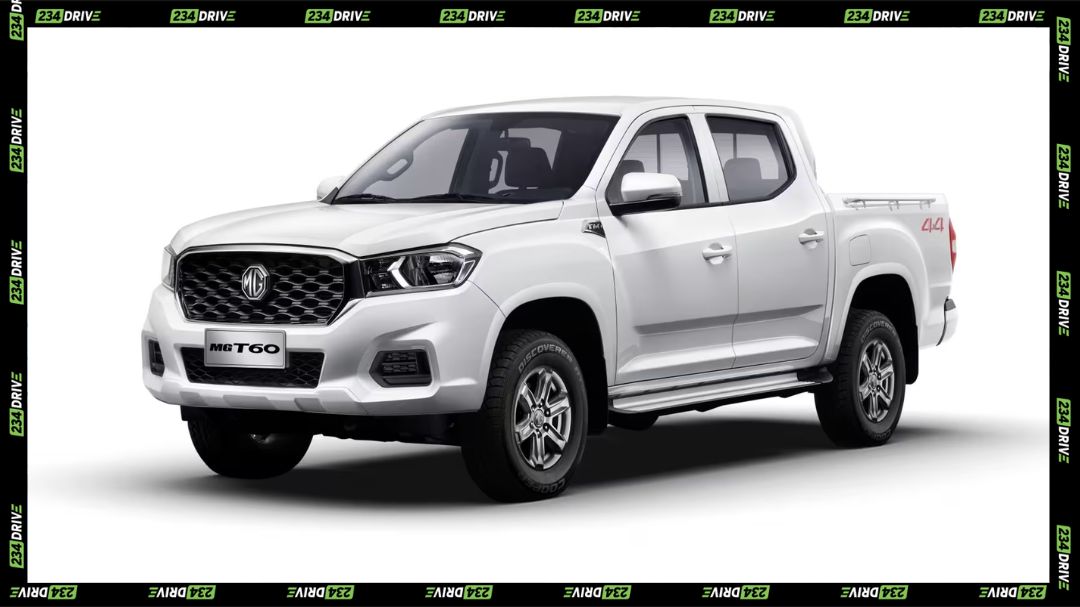
As Nigeria’s auto industry continues its shift toward local production and alternative fuels, Stallion Group’s four-model rollout could redefine buyer expectations around performance, efficiency, and ownership cost. With prices ranging roughly from ₦20 million to ₦77 million depending on model and trim, MG is clearly positioning itself as the accessible choice for consumers seeking both innovation and practicality.
The question now is how quickly Nigeria’s infrastructure — particularly for CNG — can catch up to sustain this new phase of energy-efficient motoring. Will MG’s strategy push other automakers to localise faster, or does Stallion’s first-mover advantage mark the start of a new competitive order in Nigeria’s automotive market?


